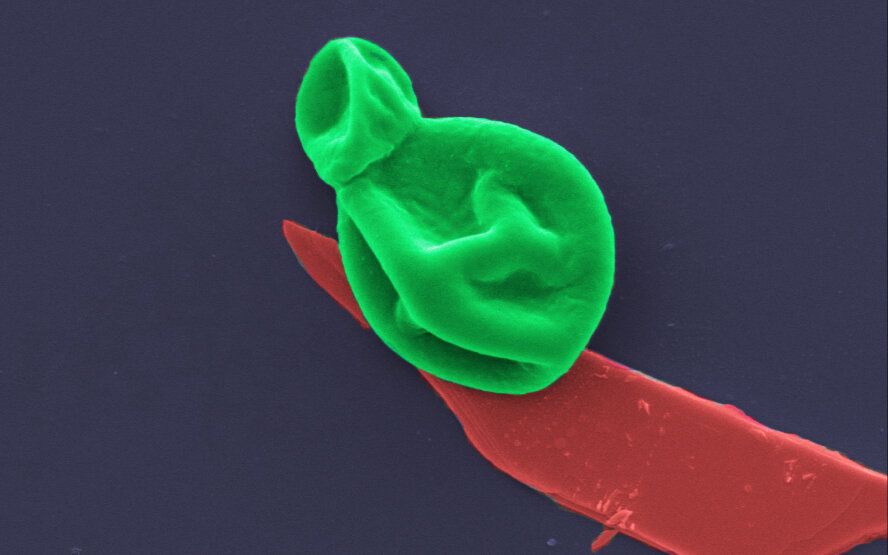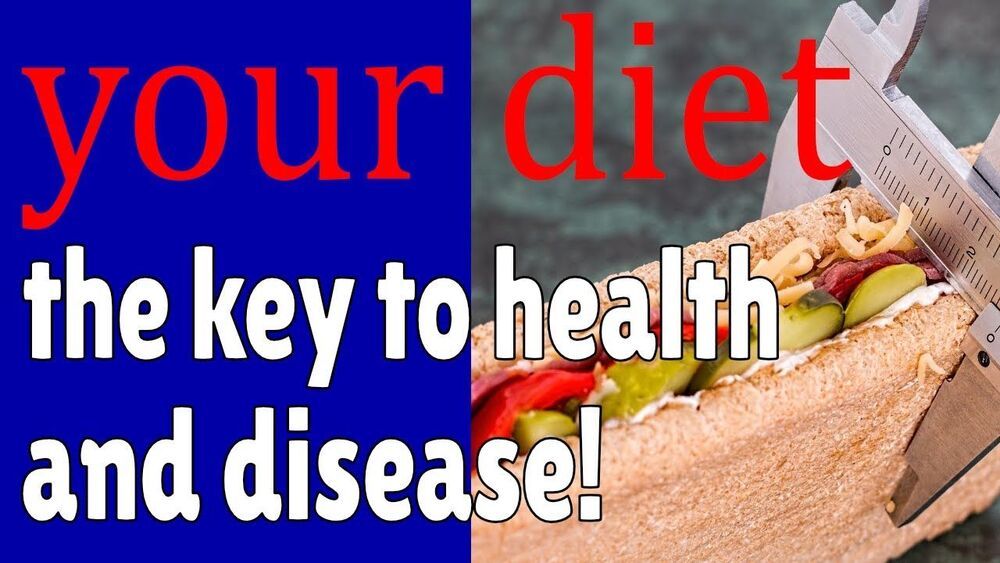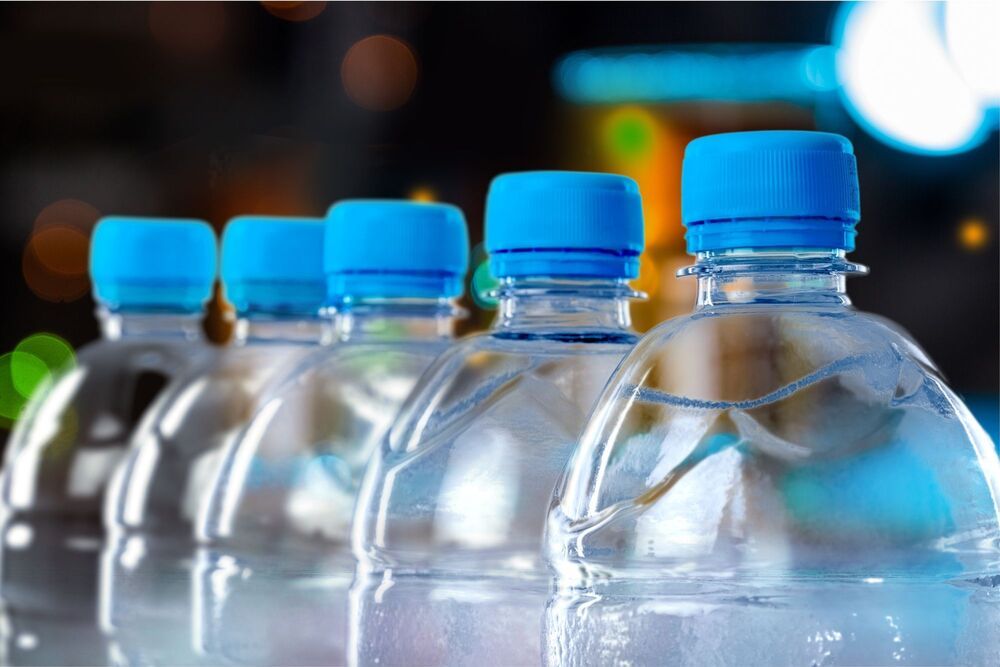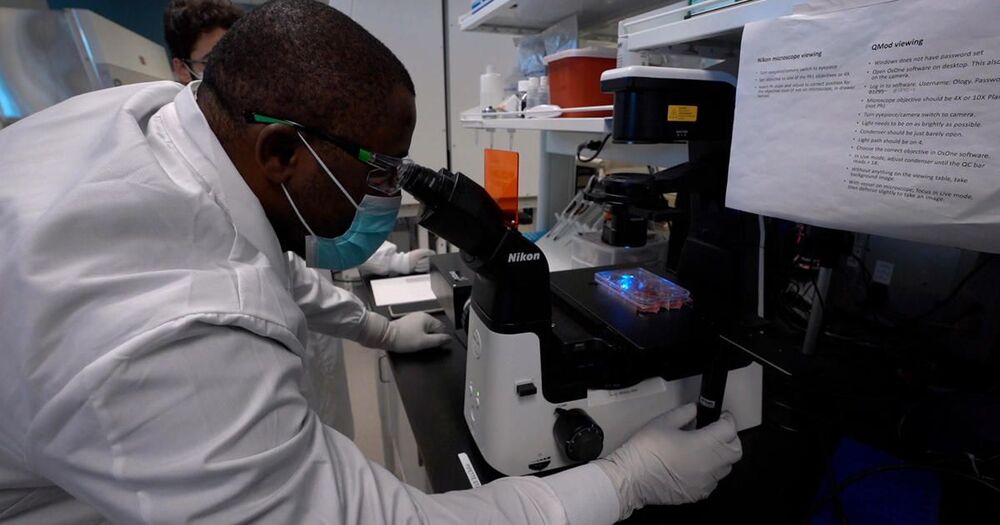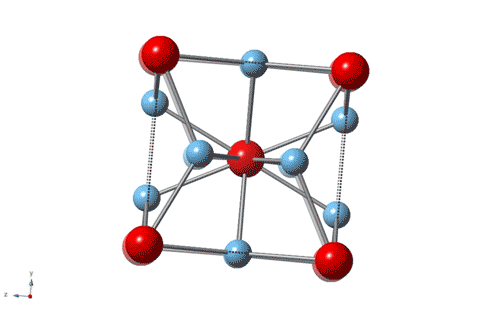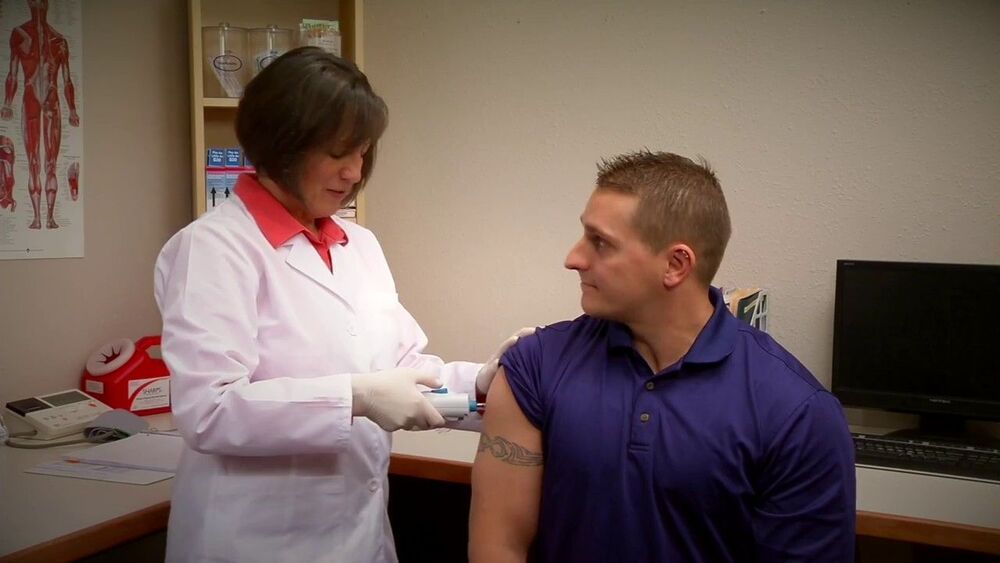The material is one of the thinnest antimicrobial coatings developed to date and is effective against a broad range of drug-resistant bacteria and fungal cells, while leaving human cells unharmed.
Importantly, the BP also began to self-degrade in that time and was entirely disintegrated within 24 hours—an important feature that shows the material would not accumulate in the body.
The laboratory study identified the optimum levels of BP that have a deadly antimicrobial effect while leaving human cells healthy and whole.
The researchers have now begun experimenting with different formulations to test the efficacy on a range of medically-relevant surfaces.
